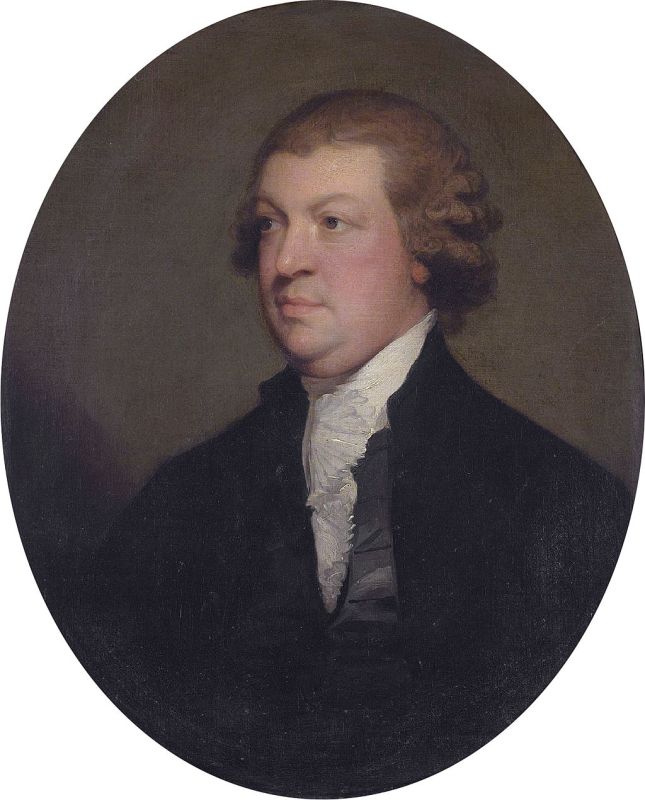
It’s the most famous night club in Ireland. By day it’s an innocuous basement in Harcourt Street, by night it’s frequented by people out to have a good time, or to get drunk, or both. The legend of Copper Face Jacks has not dimmed despite the supposed impoverishment of the entire island of Ireland since 2008. But who exactly was Copper Face Jack?
Actually, he was the grammatically more accurate Copper-faced Jack, and his real name was John Scott, 1st Earl of Clonmel and Lord Earlsfort
Scott was born into a landed family in Tipperary in the mid 18th century and was educated in Kilkenny College. While there, he came to the defence of a fellow pupil, Hugh Carleton, who was being tormented by another student. Carleton was the son of Francis Carleton, a wealthy merchant from Cork. When he heard of Scott’s courage and generosity Francis Carleton took the young man under his wing, and paid for Scott to study at Trinity College, Dublin with his son. Carleton’s support, however, turned out to be a mixed blessing because, shortly after Scott was called to the Bar in 1765 the Cork merchant prince went bankrupt. It fell to John Scott to support him to the tune of a hefty £300 a year until Hugh Carleton was in a financial position to do so.
Scott became an Irish barrister at a time when they were anything but a rarity. In the late 18th century Ireland had over seven hundred barristers when England and Wales had only six hundred between them. The Irish population would have been just over half that of England and Wales combined. Ireland was a litigious nation then, as now, and court cases offered cheap and respectable entertainment for the upper classes of Dublin.
Scott was highly successful at the profession, and used some of the sizeable income he made in the Four Courts to get himself elected to the Irish parliament, as member for Mullingar in 1769. Between 1774 and 1783 he was either Solicitor General or Attorney General for Ireland. In 1784 he became Lord Chief Justice of the King’s Bench in Ireland. Although he was close to Henry Grattan, and was dismissed from his position as Attorney General for opposing the incursions of English officials on the small measure of Irish sovereignty obtained in 1782, he was not beloved of those revolutionary nationalists, the United Irishmen. One of their supporters, William Todd Jones, once wrote to Wolfe Tone of his ‘contempt and detestation’ of Scott.
Were Scott to have read the comment he might well have challenged William Todd Jones to a duel. He fought four in his lifetime, at least one over his involvement with another man’s wife, a Mrs. Cuffe, and almost fought a fifth against a political opponent for remarks made in the House of Commons in 1773. Despite his exalted legal position, he even defended duelling in certain instances, where there was no recourse to the law. ‘In cases of this complexion’, he observed, ‘the courts will never interfere.’
By the 1790s Scott, by now the Earl of Clonmel, had an income of about twenty thousand pounds per annum from a variety of different sources. He also had at least one thing in common with the venue that is called after him, he enjoyed life to the full. As his income expanded, so did his waistline. His diary suggests that he realized the need to lead a more modest lifestyle, but he never quite got around to it. The increasingly corpulent Clonmel finally succumbed to his own excesses at the early age of fifty-seven. In so doing he missed out on the United Irishmen’s rebellion, and the Act of Union, either of which might have killed him anyway.
So what about the famous nickname. Some authorities suggest that this came about because his incessant consumption of alcoholic beverages left him red-faced. Others insist that he had a complexion that was unusually tanned for his day. Either way he was stuck with the unflattering moniker ‘Copper-faced Jack’, which might have been expected to vanish with his passing. Given his elevated status in 18th century Ireland he would be unlikely to be unduly flattered that his nickname has lived on in the way that it has.
The birth of John Scott, aka the Earl of Clonmel, aka Copper-faced Jack, was noted by a breathless nation’s newspapers, two hundred and seventy-eight years ago, on this day.
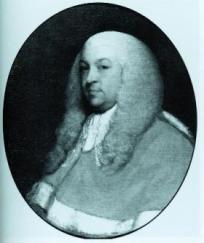

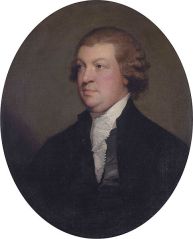

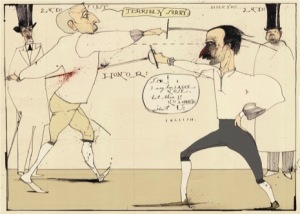
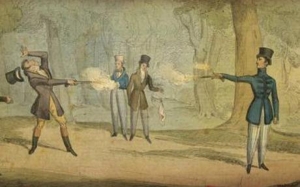
You must be logged in to post a comment.